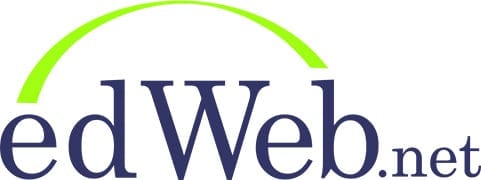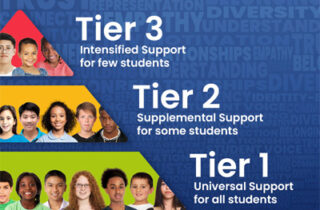One of the most important duties of teachers is creating inclusive learning environments, which often requires using technology. In the edLeader Panel “Inclusive Learning Environments: Simple Tech Solutions, Big Impact,” experts discussed creating inclusive learning environments and how incorporating technology can have profound impacts on students.
When you consider the power education has in launching a child’s future, giving every student the same interactions, services, and access becomes more than just a regulation; it becomes a guiding principle.
Artificial intelligence (AI) in education began in the 1950s with simple programs focused on playing checkers and natural language processing for medical prescriptions. In the ‘90s, it made a big jump with machine learning. In 2011, the world was introduced to Siri and generative adversarial networks (GANs) appeared in 2014.
Starting the school year with vacant teaching positions rather than a fully staffed and well-prepared faculty has become more common in recent years. A combination of demographic, financial, and cultural trends has created an ongoing problem that many educational leaders now need to address in order to meet the needs of their students.
The cornerstone of a Multi-Tiered System of Supports (MTSS) is equity—meeting each and every student’s needs regardless of the barriers. Since the steps between wanting to make the change in a district and actually implementing MTSS can seem daunting, experts during the edLeader Panel “MTSS Success: “Light Lift” Solutions & Strategies to Improve Behavior & Mental Health,” offered their tips for getting started.
Summer school can produce substantial math and reading gains—that is, if shifts in approaches to summer school instruction and learning occur.
Educators and students working together is the cornerstone of inclusive innovation. During the edLeader Panel “Inclusive Innovation: How School Districts Can Unlock the Power of R&D to Create Transformative Solutions,” superintendents from school districts across the country that are part of Digital Promise’s League of Innovative Schools shared how they are using research and development (R&D) as part of inclusive innovation.
When it comes to cybersecurity, the old adage rings true: a good offense is your best defense. Experts during the edLeader Panel “Proactive Leadership Regarding Cybersecurity in School Systems” stressed schools need to know that it’s not a matter of IF a breach will happen but WHEN, and proactive planning is the most effective protection schools can provide right now.
With the myriad of challenges facing current and future educators, schools cannot overlook the importance of having a workforce strategy in place. How that plan is developed and what it includes was discussed during the edLeader Panel, “Building Leader Capability and Capacity in Workforce Strategy: Addressing Attraction, Retention, and Educator Wellbeing.”
Work-based learning is providing a way for school and district leaders to increase the relevance and value of secondary education, while also offering opportunities for the practice and application of new skills in supportive environments.











